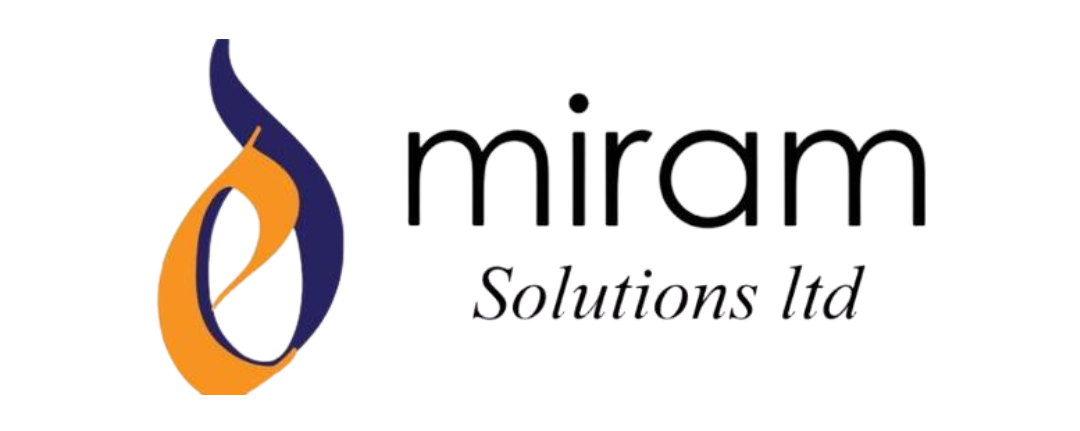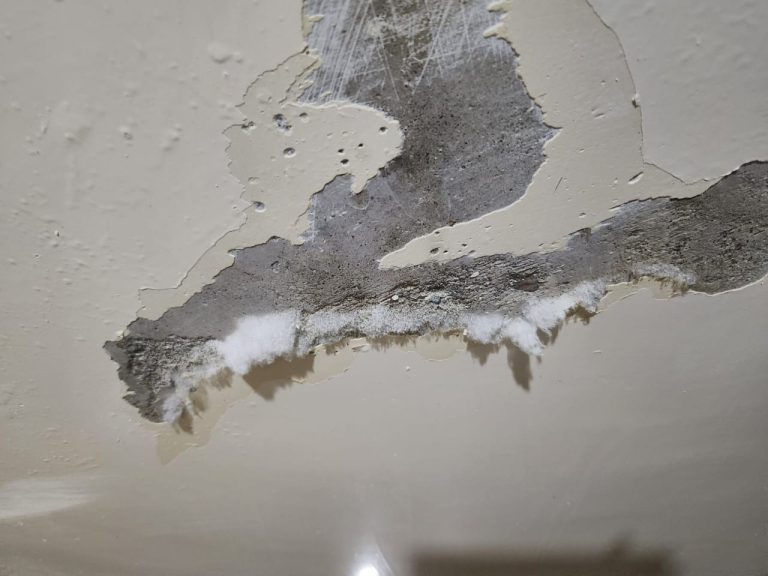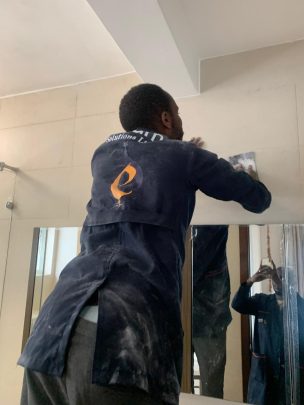Mold Removal Guide
health risks associated with mold exposure
Discovering mold in your home can feel overwhelming, especially if you’re unsure where to begin. Mold not only damages your property but can also pose serious health risks. The key is to act quickly and follow the right steps to ensure complete and safe removal. Take a deep breath — we’ve outlined a simple yet effective mold removal process to guide you through each stage.
Steps to Mold Removal
- Inspection and Detection If you suspect mold in your home, conduct a thorough inspection. Mold often grows in visible areas like walls, ceilings, and bathrooms, but it can also hide beneath carpets, behind wallpaper, inside walls, or in attics. Hidden mold can still affect your health and must be addressed promptly.
- Identify the Source Determining the cause of mold growth is crucial for preventing future infestations. Mold typically thrives in damp environments caused by leaks, flooding, poor ventilation, or high humidity. Hiring a professional mold tester can help identify hidden mold and pinpoint the source of moisture. Air quality tests can also determine the type of mold present and assess the severity of contamination.
- Consult Your Doctor for Health Concerns If you’re experiencing symptoms like coughing, headaches, or allergies, seek medical advice and inform your doctor about the mold issue in your home. Timely medical consultation can help address any health concerns related to mold exposure.
- Determine Whether DIY or Professional Help Is Needed For small mold patches (under 10 square feet), you may be able to handle removal yourself with the proper protective equipment and cleaning solutions. However, the National Environmental Management Authority (NEMA) advises hiring professionals in the following cases:
- Mold covers more than 10 square feet
- Mold is present in your HVAC system
- Mold is caused by contaminated water or sewage
- You have underlying health concerns or your doctor recommends against DIY removal
- Insurance Coverage Check Contact your insurance provider to determine if mold removal and related repairs are covered by your policy. Coverage may depend on the source of the moisture that caused the mold.
- Hire Professional Mold Remediation Services If the mold issue is extensive or complex, hire a professional mold removal company. It’s best to work with an independent remediation service, separate from your mold testing company, to avoid conflicts of interest. After the mold is removed, schedule follow-up air testing to confirm that your home is mold-free.
- Repair and Restore Address any damage caused by the mold or its source. Professional mold remediation companies often recommend repairs to ensure your home is restored to its original condition.
- Prevent Future Mold Growth Once the mold is removed, take preventive measures such as improving ventilation, repairing leaks, and using dehumidifiers to maintain low humidity levels. Regular inspections and prompt repairs can help keep mold from returning. Read this post on common causes of mold and prevention tips for more information.
If you’re dealing with mold issues in your home, don’t hesitate to reach out to Miram Solutions. Our experienced professionals provide comprehensive mold testing, treatment, and consultations to help restore your home and protect your health. Contact us today to schedule a consultation and take the first step toward a mold-free environment.


